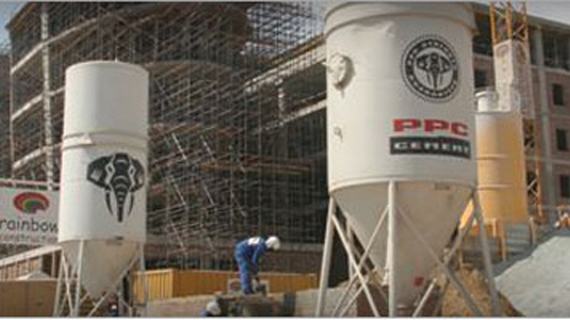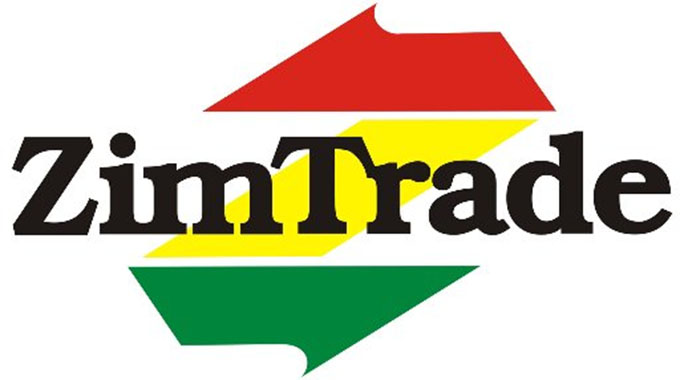Zim property market stays resilient despite headwinds
Zimbabwe’s property market displayed resilience and dynamism in 2024, punctuated by increased development activity despite the underlying economic challenges.
While the country faced liquidity constraints and suffered from the impact of El Niño-induced drought, the property sector emerged as a bright spot, driven by both Government initiatives and increased participation of financial institutions.
According to a Knight Frank report, “The property market witnessed a surge in development activity, driven by both Government initiatives and increased participation from financial institutions.”
The momentum is evident in several major commercial projects, including the Hogerty Hill Shopping Centre, Mashonaland Holdings’ office complex, and the US$20 million Greenfields Shopping Mall by Terrace Africa.
The Government also commissioned housing projects, such as the luxury estate ‘The Hills’ and a significant number of housing units in Dzivarasekwa.
The growing role of financial institutions in property development continues to propel the sector forward.
CBZ Holdings’ Northgate Mortgage Diaspora Scheme, launched in the UK, alongside other housing schemes being implemented by Banc ABC, National Building Society, and FBC Holdings, showcases the industry’s adaptability and innovation in catering for diverse income segments.
Tendai Moyo, a property developer, remarked, “Banks have become aggressive players in the property market, especially in high-demand residential projects. This growth is promising for the sector, but streamlining approval processes will be key to maintaining momentum.”
Another developer, Isaac Mlambo, shared similar optimism.
“The interest from banks is encouraging. As developers, we are excited to see more partnerships forming. With updated zoning and planning regulations, the sector can achieve even greater heights,” he said.
Knight Frank’s report highlighted that inflation showed signs of stabilising towards the end of the year, reaching 3,7 percent month-on-month. This positive trend has brought optimism to the property market, with developers and financial institutions alike confident about the sector’s potential.
Farai Nyathi, an investment analyst, acknowledged the role of banks in property development as a positive shift. “The banking sector’s involvement is a testament to the market’s potential. With careful planning and risk assessment, this growth trajectory can be sustained.”
The outlook for 2025 is highly encouraging. The establishment of the Afreximbank African Trade Centre in Harare is expected to boost regional trade and investment, offering promising opportunities for the property market.
Furthermore, the residential property market remains robust, primarily driven by cash sales through diaspora remittances and small-scale miners.
As Knight Frank noted, “The residential property market is driven by cash sales, mostly through diaspora remittances and small-scale miners.”
While infrastructure challenges persist, the momentum within the property market is undeniable.
The Government’s proactive approach, coupled with the private sector’s growing engagement, sets the stage for continued growth. The sector’s expansion is further supported by the development of alternative power sources such as solar and gas, providing essential solutions to mitigate energy supply issues.
Looking ahead, the Construction Industry Federation of Zimbabwe (CIFOZ) has challenged stakeholders to leverage local authorities’ master plans, pivotal in achieving the government’s ambitious target of delivering one million housing units by 2030.
With the sector poised for a five percent growth by year-end, CIFOZ emphasises unity and strategic engagement with local authorities as essential for identifying and seizing opportunities.
“We must unite to meet project requirements and deliver exceptional services,” emphasised Bernice Richards, CIFOZ’s Matabeleland Region Chairperson, underscoring the collaborative spirit needed for sectoral advancement.
Martin Chingaira, chief executive of CIFOZ, echoed this sentiment, urging contractors to explore opportunities within local master plans across the country’s 92 local authorities.
This comes as the latest update from the Government reveals that most local authorities have adhered to the Call to Action blueprint by submitting their master plans, excluding Harare and Chitungwiza. President Emmerson Mnangagwa introduced this blueprint in November 2023 to bolster service delivery and accountability within local governments.
According to Daniel Garwe, Minister of Local Government and Public Works, the deadline for local authorities to submit their master plans by June 2024 was largely met.
Minister Garwe confirmed this in January, noting that these plans are now accessible for public review, encouraging residents to contribute feedback for community development.
“The majority of our local authorities have submitted their master plans for approval to the parent ministry,” Minister Garwe stated. He highlighted that implementing these plans would combat issues related to land barons, advocating for a more transparent and regulated land allocation process.
“We are now transitioning to Call to Action phase two, focusing on plan implementation. With the production of our master plans, we have effectively addressed concerns regarding land barons,” he emphasised.
This blueprint marks the initial stride towards urban renewal and enhanced service delivery, aligning with the Second Republic’s goal of achieving an upper-middle-income status by 2030.
Looking ahead, the local property market is poised for growth, supported by financial innovation, government initiatives, and rising investor confidence. Addressing remaining regulatory and infrastructure challenges will be essential for ensuring sustainable progress-ebsinesweekl












